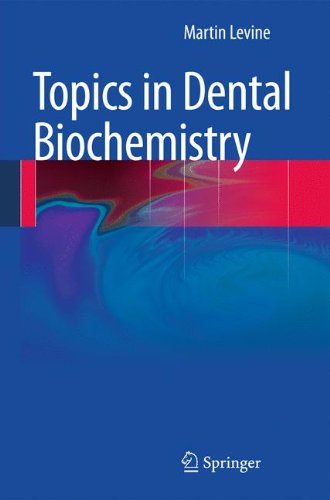

Most ebook files are in PDF format, so you can easily read them using various software such as Foxit Reader or directly on the Google Chrome browser.
Some ebook files are released by publishers in other formats such as .awz, .mobi, .epub, .fb2, etc. You may need to install specific software to read these formats on mobile/PC, such as Calibre.
Please read the tutorial at this link: https://ebookbell.com/faq
We offer FREE conversion to the popular formats you request; however, this may take some time. Therefore, right after payment, please email us, and we will try to provide the service as quickly as possible.
For some exceptional file formats or broken links (if any), please refrain from opening any disputes. Instead, email us first, and we will try to assist within a maximum of 6 hours.
EbookBell Team

4.1
50 reviewsOver the last 20 years, biochemistry and molecular biology have undergone a revolution that has affected our understanding of the oral cavity. Topics in Dental Biochemistry is primarily designed for students of dentistry who need to relate biochemistry and molecular biology to dentally related topics in physiology, nutrition, anatomy, histology, microbiology, and immunology. The book will also be of value for dental professionals, scientists, and practitioners of medicine who are interested in hard and soft tissue structure and disease. It provides the necessary basic scientific background for a clearer understanding of bone, tooth, saliva, and surrounding soft tissue research and also for an appreciation of how dental caries and periodontal disease might be better diagnosed and controlled in the future. Dentistry was developed to treat dental caries, but since the early 20th century it has increasingly been treating periodontal, traumatic and genetic diseases affecting tooth structure and attachment. Fluoridation is discussed at length. Other methods for controlling dental caries and new or suggested methods for controlling oral hygiene and periodontal disease are also discussed.